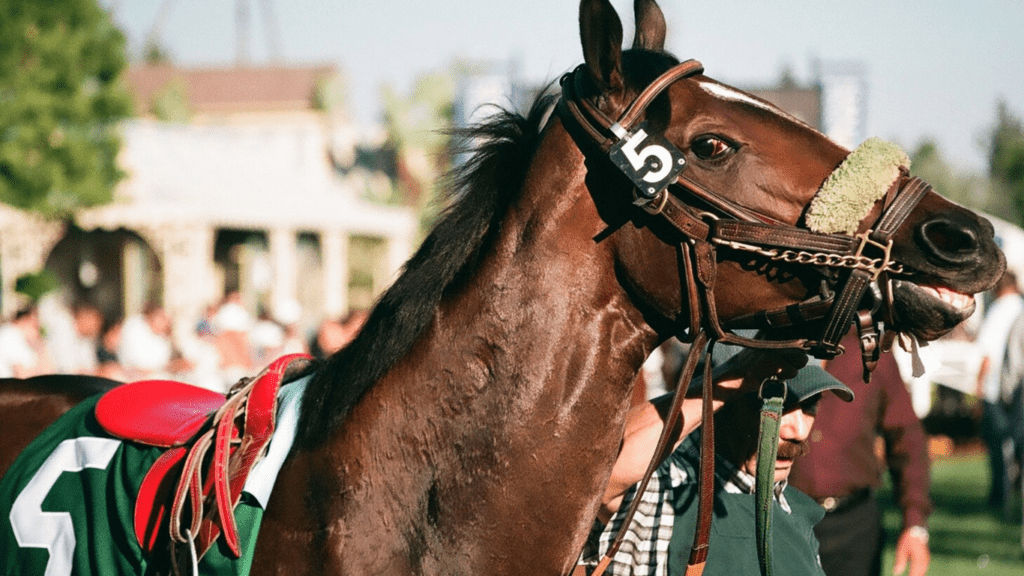Have you ever wondered how some bettors seem to consistently pick the winning horses at the racetrack? In the thrilling world of horse racing, spotting trends can be the key to predicting the next champion. As a seasoned enthusiast of the sport, I’ve delved into the strategies and techniques that can give you an edge in selecting the winning horses.
From analyzing past performances to studying track conditions and jockey statistics, there are numerous factors that can influence the outcome of a race. In this article, I’ll share my insights on how to identify trends that could lead you to success in horse racing betting. Stay tuned to discover the secrets of predicting winners and maximizing your chances of a big win at the races.
Understanding Trend Analysis in Horse Racing
To excel in predicting winners in horse racing, understanding trend analysis is crucial. By delving into historical data and patterns, I can uncover valuable insights that can significantly enhance my chances of picking the right horses. Trend analysis involves scrutinizing various factors such as past performances, track conditions, jockey statistics, and more to identify recurring patterns that may indicate a horse’s potential success in an upcoming race.
Analyzing trends in horse racing goes beyond just looking at recent results. It requires a comprehensive review of a wide range of variables to paint a complete picture of each horse’s capabilities and likelihood of winning. By paying attention to subtle trends and correlations, I can make more informed decisions when placing my bets. It’s essential to stay updated on the latest trends in the industry to adapt my strategies accordingly and stay ahead of the competition.
In horse racing, trend analysis serves as a powerful tool that allows me to make data-driven predictions and increase my chances of success. By recognizing patterns and understanding the factors that influence race outcomes, I can make informed choices that lead to consistent wins. Trend analysis is not just about luck; it’s about leveraging insights from historical data to make educated decisions and maximize my winnings at the racetrack.
Benefits of Spotting Trends in Predicting Race Winners
As an avid horse racing enthusiast, I understand the pivotal role of trend analysis in accurately predicting race winners. Let’s delve into the specific benefits of spotting trends to enhance our success in horse racing betting.
Increased Chances of Winning Bets
By meticulously analyzing trends in historical data, track conditions, and jockey statistics, I’m able to significantly boost my chances of placing winning bets. Identifying patterns through trend analysis allows me to make more informed decisions and select horses with a higher probability of success.
Improved Decision Making
Spotting trends empowers me to make better decisions when it comes to horse racing betting. By going beyond just recent results and considering a wide range of variables, I can make data-driven predictions that are more likely to result in successful outcomes. This structured approach to decision-making based on trend analysis enhances my overall performance and success in predicting race winners.
Identifying Key Trend Indicators in Horse Racing
Delving into the realm of identifying key trend indicators in horse racing unveils a treasure trove of valuable insights that can elevate your predictive abilities to new heights. Analyzing historical data, track conditions, and jockey statistics serves as the bedrock for uncovering patterns and trends that can revolutionize your approach to selecting winning horses. By honing in on these key indicators, you gain a competitive edge that can significantly enhance your performance in horse racing prediction.
- Historical Data Analysis: Scrutinizing past race outcomes, such as the distance, track surface, and weather conditions, offers a goldmine of information that can illuminate trends crucial for predicting future winners. For instance, identifying patterns in horses’ performance on specific track surfaces or in varying weather conditions can guide your selections towards horses with a higher likelihood of success.
- Track Conditions Evaluation: Assessing the impact of track conditions, including firmness, moisture levels, and gradients, empowers you to decipher how different horses respond to varying track environments. By recognizing trends in horses’ performances under specific track conditions, you can fine-tune your predictions and align your selections with horses that excel under prevailing circumstances.
- Jockey Statistics Examination: Delving into jockey statistics unveils a nuanced layer of insights that can shape your decision-making process when predicting race winners. Analyzing jockeys’ win rates, riding styles, and track familiarity provides a strategic advantage in identifying patterns that indicate jockeys’ competency in guiding horses to victory.
- Trainer Trends Observation: Monitoring trainer trends, including winning percentages, recent successes, and strategic approaches, offers a window into the performance dynamics within a trainer’s stable. By identifying trends in trainers’ track records and success rates under specific conditions, you can align your selections with horses trained by individuals renowned for delivering consistent results.
Incorporating a meticulous approach to identifying key trend indicators in horse racing equips you with a formidable toolkit for enhancing your predictive prowess and refining your selections to align with data-driven insights. By staying attuned to these essential trend indicators, you position yourself at the forefront of informed decision-making in horse racing prediction, setting the stage for a successful journey towards selecting race winners with confidence.
Implementing Trend Analysis Strategies
In implementing trend analysis strategies for horse racing prediction, I follow a systematic approach that leverages historical data, track conditions, jockey statistics, and trainer trends. By analyzing these key factors, I can make informed decisions and accurately predict potential race winners.
First, I delve into historical data with a critical eye, examining past performances, track records, and trends to identify patterns that may indicate future success. By recognizing consistent patterns in horse performance, I can pinpoint potential winners based on historical data analysis.
Next, I meticulously evaluate track conditions, considering factors such as weather, track surface, and distance to assess how these variables may impact a horse’s performance. Understanding the interplay between track conditions and horse behavior allows me to make more accurate predictions in horse racing betting.
Furthermore, I scrutinize jockey statistics to gauge the performance of riders and their compatibility with specific horses. By analyzing jockey win rates, riding styles, and past successes, I can assess the influence of jockeys on race outcomes and adjust my predictions accordingly.
Lastly, I pay close attention to trainer trends, recognizing the strategic decisions and training methods that may influence a horse’s performance. By studying trainer statistics, stable conditions, and recent successes, I gain insights into the potential of a horse under a specific trainer’s guidance.
Implementing these trend analysis strategies empowers me to make well-informed decisions in horse racing prediction, increasing my chances of success and enhancing my overall betting experience.


